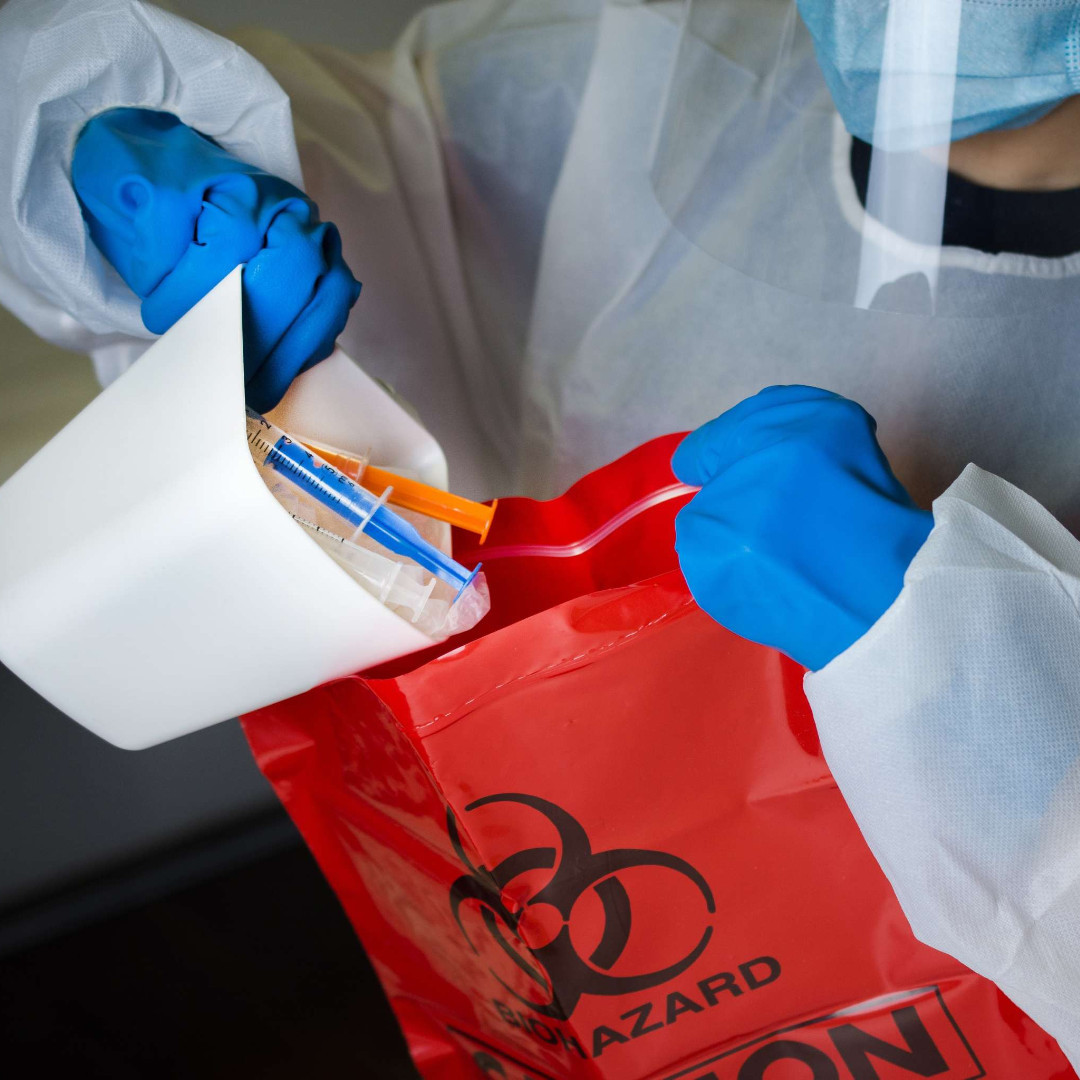This post, EPA Issues New Waste Rules for Hospitals, Medical Clinics and Pharmacies, first appeared on https://www.lexology.com.
The U.S. Environmental Protection Agency (“EPA”) recently issued new regulations for managing pharmaceutical waste under the Resource Conservation and Recovery Act (“RCRA”). The rules specify new requirements for hazardous waste management for healthcare facilities that generate pharmaceutical wastes. In issuing these rules, EPA aimed to achieve two objectives: reduce the presence of pharmaceutical compounds in wastewater and balance the support for appropriate recycling or reuse with proper management of waste pharmaceuticals. These changes will impact a broad range of healthcare facilities, defined under the regulations to include hospitals, medical clinics, and retail pharmacies. They also apply to pharmaceutical manufacturers who act as reverse distributors. The new rules will take effect on the federal level six months from the rule’s publication, which is expected shortly, however certain requirements will require adoption by the states.
For healthcare providers, compliance with RCRA is especially challenging, in part because they handle a wide variety of hazardous pharmaceutical products in small quantities. Because hazardous waste determinations must be made at the point of generation, healthcare workers will require careful training to comply with the new rules. For example, certain containers with residues can be considered hazardous waste even where the entirety of the medication was dispensed. Failure to adhere to RCRA and underlying regulations can result in penalties of up to $72,718 per violation per day. The most notable features of the new rule are as follows:
New Procedures for Health Care Facilities.
The rules are contained in a new Subpart P to Title 40 of Federal Code of Regulations Part 266 governing hazardous waste pharmaceuticals, so that they are treated differently than manufacturing facilities which generate hazardous waste on an industrial scale. As an example, healthcare facilities subject to the new rule will no longer have to maintain a central hazardous waste accumulation area and will be able to store pharmaceutical wastes for up to one year, as compared to 90 days under the general Part 262 provisions.
A key issue for generators of pharmaceutical waste under the new regulations will be determining the amount of hazardous pharmaceutical waste they generate. Healthcare facilities that generate more than 100 kg of hazardous waste, or more than 1 kg of acute hazardous waste per month (e.g., various chemotherapy drugs that are considered P-listed hazardous waste) are subject to the new Part 266 subpart P. Healthcare facilities generating hazardous waste pharmaceuticals below the threshold amounts are considered very small quantity generators and are largely exempt from the new subpart.
No Sewering of Waste.
Notably, however, very small quantity generators are nonetheless still subject to new provisions prohibiting the “sewering” or “flushing” of pharmaceutical waste, and new empty container standards—requirements that apply to all healthcare providers under the rule. Moreover, very small quantity generators are subject to optional provisions regarding hazardous waste pharmaceuticals and non-pharmaceutical hazardous waste allowing for off-site disposal provided certain conditions are met.
Reverse Distribution.
Importantly, the new rules retain the controversial definition that prescription pharmaceuticals are “solid waste” when they are sent to a reverse distributor, creating a trap for the unwary. The new rules differentiate between prescription pharmaceuticals and non-prescription pharmaceuticals—such as over-the-counter drugs, dietary supplements, and homeopathic medications—which are exempt from the new “solid waste” definition when sent to reverse logistic centers so long as they have “a reasonable expectation of being legitimately used/reused or reclaimed.”3 EPA stated in the rule preamble that it included this qualifier because it remains concerned about overuse of reverse logistics centers. Healthcare facilities discarding non-prescription pharmaceuticals may therefore still face some uncertainty when determining when the solid waste exemption applies. For example, unsold retail items that are broken, damaged, or leaking may not have “a reasonable expectation of being legitimately used/reused or reclaimed” such that they must be considered solid wastes at the healthcare facility, depending on the extent of damage to the package. Failure to heed this requirement could lead to RCRA violations as well as Department of Transportation violations related to shipments of hazardous materials.
Exemptions for Nicotine Replacement Therapies and Over-the-Counter Pharmaceuticals.
In response to retailers long-standing request, EPA provided an exemption for nicotine replacement therapies under the new rule allowing that FDA approved over-the-counter nicotine patches, gums, and lozenges will be considered nonhazardous wastes not subject to RCRA disposal requirements. The exemption does not apply to prescription nicotine therapies or e-cigarettes, however.
This post, EPA Issues New Waste Rules for Hospitals, Medical Clinics and Pharmacies, first appeared on https://www.lexology.com.











